Food can be one of the most wonderful things on the planet. From enjoying the taste of a delicious home-cooked meal to the satisfaction of creating something new, there is an immense amount of pleasure that comes from eating. However, food can also be one of the most dangerous things on the planet. Although you might assume that because you can eat something, it is safe for consumption, this isn’t always the case. To give you a better idea, this article will look at some of the most dangerous foods of all time!
Contents
Why Some Cultures Eat Dangerous Foods
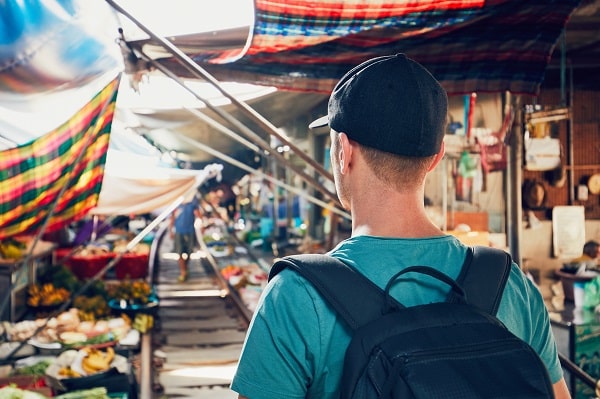
Different cultures from around the world have some incredibly exotic dishes. These include food items that many people consider to be dangerous. But why do these cultures eat them? Well, when it comes down to it, most of the time, the people who eat these unusual meals simply regard them as a delicacy. For example, members of various Chinese communities may view a dish such as fried scorpions to be as delicious and hearty as any other meal they would otherwise prepare and consume.
Additionally, since some of these dangerous dishes are rare or difficult to find in traditional markets, they are often thought of as a symbol of wealth and success if one is able to acquire this type of food. It is important to remember that while you may not personally understand the notion behind eating something like poisonous arthropods or raw seafood, your reactions should be rooted in curiosity and respect for their traditions rather than judgment or disgust.
The World’s Most Dangerous Foods
With a bit of the underlying reasoning behind why some cultures choose to eat dangerous foods out of the way, it’s time to get into what these dishes actually are. Here is a list of some of the most dangerous foods in the world:
Fugu (Pufferfish)

Fugu, also known as pufferfish, is considered one of the most dangerous foods in the world and can lead to serious or even fatal consequences if not prepared correctly. The flesh of the fish contains a potent neurotoxin called tetrodotoxin which can very easily lead to paralysis or even death. Even in cases where the toxin has been removed correctly, symptoms such as nausea, dizziness, and numbness have been reported.
The risk posed by this food is so high that it requires expertise and interest before you can be certified to prepare it as well as strict regulations regarding where fugu can be harvested and sold in many countries around the world. Although dangerous, its distinctive taste means fugu remains a delicacy enjoyed by many adventurous diners who are aware of its inherent risks.
Hákarl
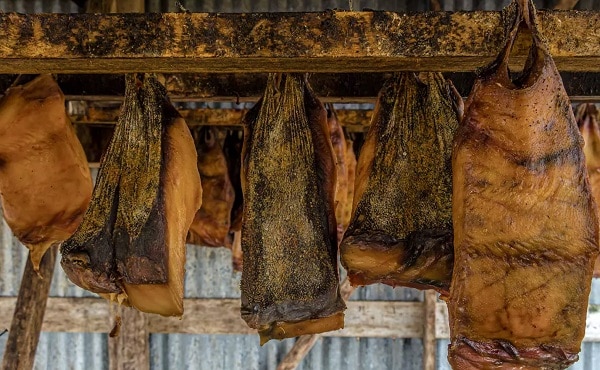
The traditional Icelandic dish known as Hákarl is an acquired taste, but one should proceed with caution when trying it. This dish consists of a fermented Greenland shark, a type of shark high in urea and trimethylamine oxide toxins. These toxins give the Hákarl its unique flavor, yet they can also make the dish a danger to human health.
To make it fit for consumption without its toxic effects, it must be immersed in a brine solution for 6-12 weeks, allowing the harmful compounds to leach out before consumption. Despite its dangers, this fierce flavor is worth savoring for many local Icelanders.
Cassava
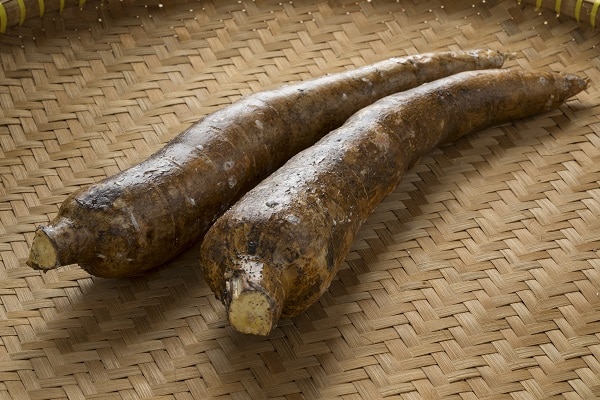
Cassava, commonly known as manioc or yuca, is a starchy tuber native to South America. As a highly versatile and nutritious crop, it has made its way worldwide and into hundreds of dishes. However, when consumed improperly, cassava can be incredibly dangerous. Raw cassava contains high concentrations of cyanide, which can poison people who consume it without proper processing. For this reason, those who grow cassava must take care to soak, peel and cook the crop before consumption to properly reduce the levels of toxins in it.
Eating raw—or even slightly undercooked—cassava can lead to severe health complications. It is crucial that people become aware of these potential risks and take steps to prepare cassava correctly for their own safety.
Blood Clams
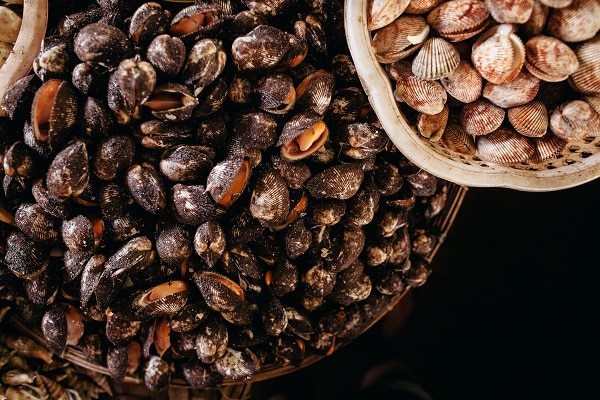
Blood clams are the most dangerous type of mollusk, as they filter out water from the ocean and store parasites like hepatitis A and schistosomiasis. If consumed raw or undercooked, humans are at risk of becoming infected with any parasitic disease present in the clam. So it is best to avoid eating these types of mollusks in order to minimize health risks.
Furthermore, various governmental institutes, including the Food And Drug Administration, issue warnings regularly regarding the presence of blood clams in certain areas due to their potential danger from contact with parasites. Therefore, it is essential to check with trusted sources before going fishing or consuming seafood harvested from waters around your local area.
Feseekh
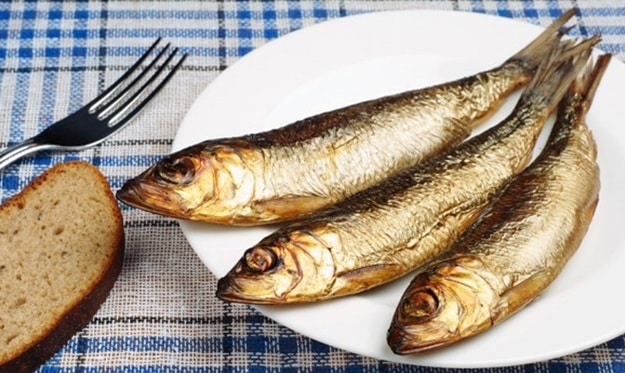
Feseekh, a widely popular dish for celebratory events throughout Egypt and the Middle East, is composed of fermented grey mullet (a species of fish). This salted fish delicacy is sought after for its intense flavor and pungent odor. However, this dish may invite more trouble than it’s worth, as it may cause an array of health issues, including food poisoning and a number of serious diseases, such as paragonimiasis.
In fact, the Centers for Disease Control reports that infection most commonly occurs after consuming inadequately processed Feseekh—the ammonia produced during fermentation can cause parasites to flourish and then be eaten by unsuspecting consumers. No matter how delicious it might be, it is best to avoid Feseekh unless prepared by a certified expert who follows strict safety protocols.
Sannakji
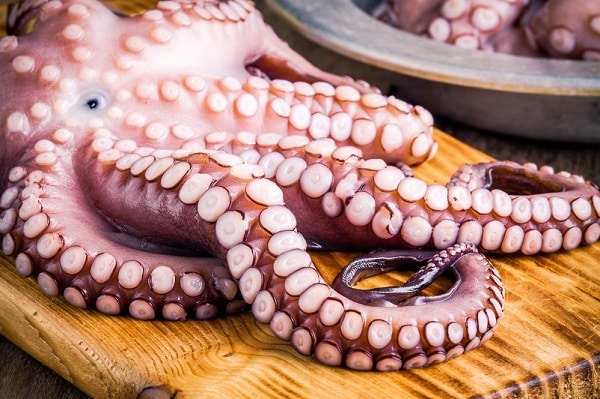
Eating Sannakji, or live octopus is a popular tradition in Korean cuisine that has gained more global exposure in recent years. While the activity of consuming such a dish may appear harmless on the surface, it can be dangerous due to the fact that some tentacles can still remain active after the octopus has been cut up, thus posing a risk of choking if not chewed properly.
Further complicating matters is the fact that the food may contain a toxin known as TTX, which can lead to ill effects such as numbness and tetanus-like symptoms. One should take extra precautions when enjoying this unique delicacy since diners may not necessarily be aware of its potential hazards.
Take Caution With The World’s Most Dangerous Foods!
While each of these foods can be enjoyed in the right context with proper safety measures taken, it is important to be aware of their potential risks. It is also essential for people to know how to correctly prepare and handle these dishes to reduce any health hazards that may come from eating them. When consumed responsibly, these dishes can bring joy and flavor to people’s lives. But remember, no matter how tempting it may be, always proceed cautiously when consuming any potentially hazardous foods.


